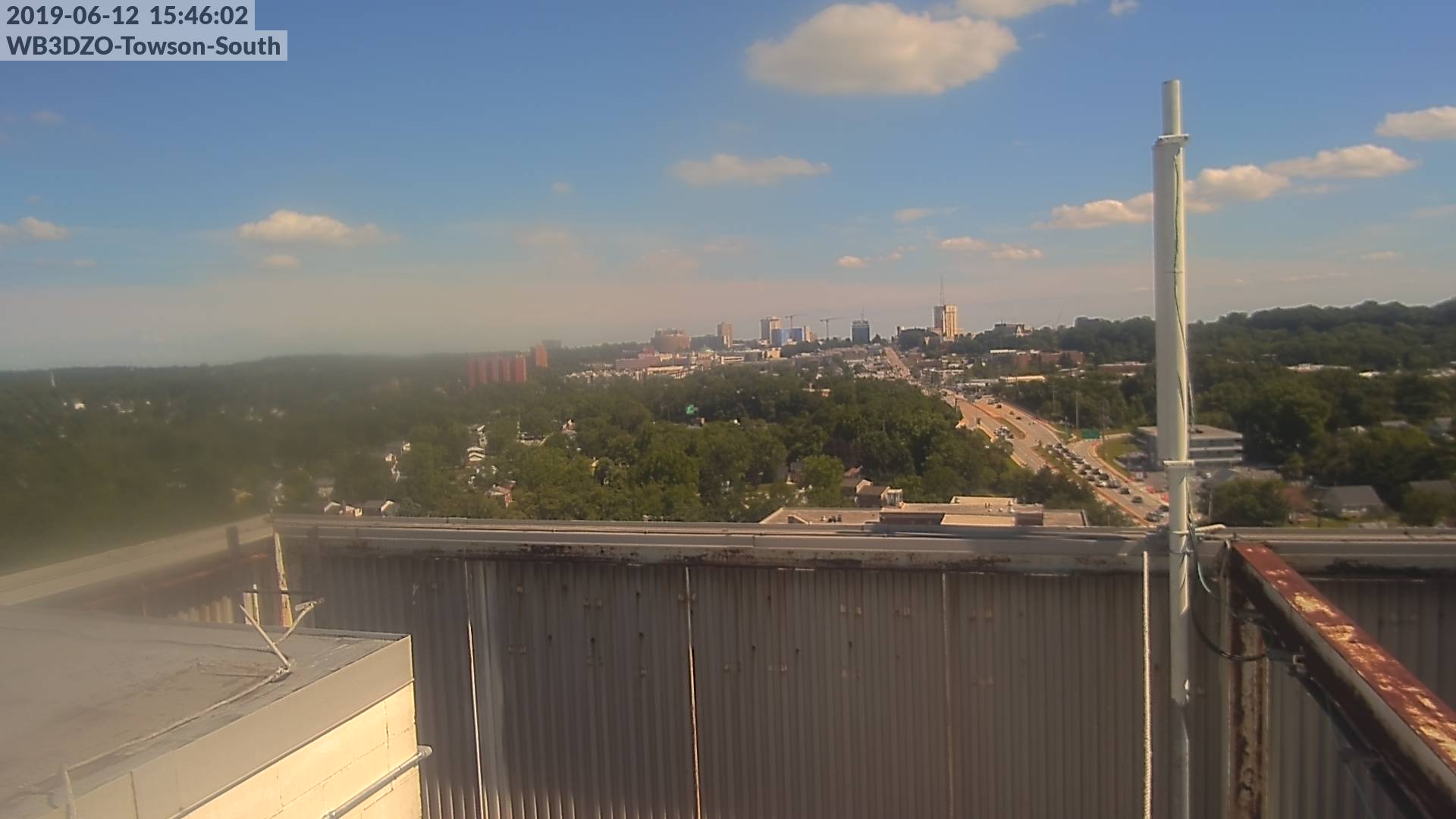Plenty has changed since 1995 when ATV Quick Start was written. Back then, nearly all Amateur Television (ATV) activity was with NTSC analog signals. Transistorized equipment from Tom W3ORG/PC Electronics was very widely used. Video cameras were typically VCR cast-offs and camera monitors were quite sizable. Ham frequencies starting at the 1240mhz. band allow FM ATV signals where surplus satellite equipment is frequently deployed. See Jim KH6ATV's ATV Handbook - An Introduction To Amateur TV for a broad discussion of this intriguing hobby.
We are now in exciting times. Digital broadcast television is now the norm (ATSC standard in the United States and DVB-T in Europe). DVB-T has the advantage of better tolerance of multi-path signals. This is important since ATV works with lower power and other less-than-optimal factors and therefore is the more frequently deployed ATV standard in the United States. Choice among ATVers for DVB-T or ATSC are generally regional decisions. While there is a wealth of surplus analog gear available, DVB-T gear is less prevalent and is generally purchased new.
Another popular mode in ATV is FM television. Surplus satellite television equipment is frequently repurposed here.
Digital ATV Reception:
DVB-T benefits from the European television industry. Inexpensive (e.g. $30) DVB-T set-top boxes are available on eBay. Further, the popular Raspberry Pi credit-card sized computer features an add-on called the DVB TV HAT. This $30 dollar board snaps onto a Raspberry Pi board to provide the hardware for reception of DVB-T signals. In conjunction with TV Head-End software (free for the Raspbian operating system), ATV reception is achieved with new hardware with significant benefits. The digital television signals received are high-definition and are output from the Raspberry Pi via an HDMI cable.
FM ATV Reception:
This is done frequently in the 23 cm. amateur radio band (1240-1300 mhz.) and above. Satellite receiver boxes such as the Scientific Atlanta 9660 are inexpensive on the used market. This particular unit is reportedly designed for the reception of satellite television market of broadcast signals by broadcast stations (for rebroadcast). An LNB (Low Noise Block Downconverter) is used to capture signals from 4-21 ghz., amplify them, then convert them to a more realistic frequency range of typically 940-1750 mhz. The benefit of this action is a more manageable signal enabling less expensive cabling to the set-top-box receiver. When the LNB is skipped, the use of such a repurposed receiver results in a device capable of handling FM ATV signals from the 23 cm. amateur radio band. Note, however, it is then sometimes necessary to use a pre-amplifier and invert the signal; both steps are otherwise provided by an LNB. More traditional FM satellite broadcast set-top-boxes are perhaps more useful in the 2-4 ghz. range.
All of the rest of the rules of ATV remain in place. Among most important is that Amateur Television is a relatively low-power transmission mode. While high frequency (HF) band ham radio signals are generally 100 watts and are sometimes a full kilowatt, ATV home stations rarely produce more than 10 watt signals. Careful thought must be given toward the UHF rules of clear antenna path, the use of an antenna of optimal gain, and strict avoidance of lossy antenna feed-line.
In further consideration of a Raspberry Pi-based ATV receiver, one can simply place the Raspberry Pi (with ATV Hat) in an optimal location such as higher in a building or better yet, closer to a given ATV repeater. Neither expensive hard-line feedline nor supplemental microwave link are required to get the output video to the desired monitor or television. Rather, simply use provided features of the Raspberry Pi to stream the video to the Internet.
ATV Transmitting:
Since there is not yet a legacy of surplus DVB-T equipment, the commercial market is one source of DVB-T transmitters. Where money is no object, some European commercial equipment has become obsolete as a result of upgrade of standards and therefore is on the used market.
KH6ATV has expanded from the analog ATV marketplace into that of digital ATV. As a US supplier, currency exchange and shipping complications are not an issue.
-- article continues to be developed. Neil W3ZQI



